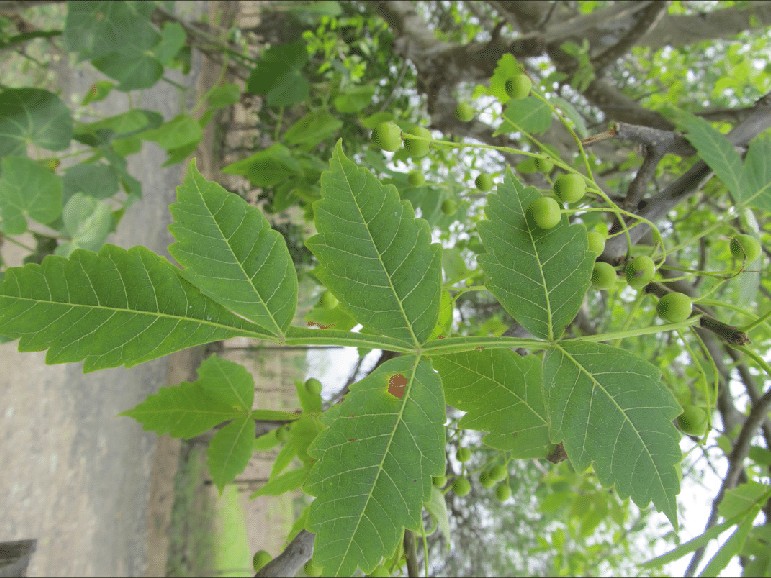Palo santo
(Bursera graveolens)

Description
Bursera graveolens, known in Spanish as palo santo ("Holy Stick”), is a wild tree native from the Yucatán Peninsula to Peru and Venezuela. Bursera graveolens is found in the seasonally dry tropical forests of Peru, Venezuela, Costa Rica, El Salvador, Guatemala, Honduras, Colombia, Ecuador, and on the Galápagos Islands.The tree belongs to the same family (Burseraceae) as frankincense and myrrh. It is widely used in ritual purification and as folk medicine for stomach ache, as a sudorific, and as liniment for rheumatism.Aged heartwood is rich in terpenes such as limonene and α-terpineol. In 2006, the government of Peru listed Bursera graveolens as "In Critical Danger" (En Peligro Critico (CR)) under Decree 043-2006-AG, banning the cutting of live trees and allowing only for the collection of naturally fallen or dead trees. However, in 2014, it was removed from the SERFOR (National Forest and Wildlife Service) list of protected species. Illegal logging is a regular occurrence in northwestern Peru due to high demand.In 2010, the International Union for Conservation of Nature (IUCN) stated Bursera graveolens conservation status as "stable". In Ecuador there are reforestation programs for the Palo Santo tree. To reforest, the transplant method is used, which consists of determining an area of the forest that has overpopulation of the same species to extract the trees that are very close to each other and transfer them to an area of the forest where there are no trees so that they can continue their natural development. In this way, the space that remains when the trees are extracted will be used by other native species of the dry forest.
Taxonomic tree:







